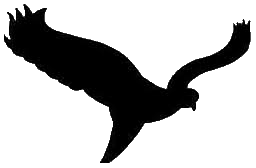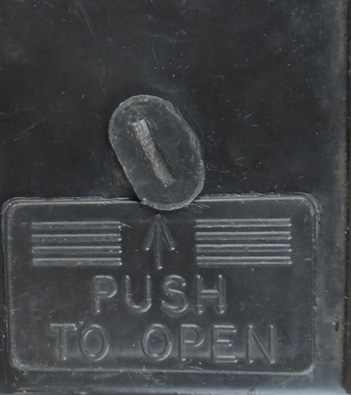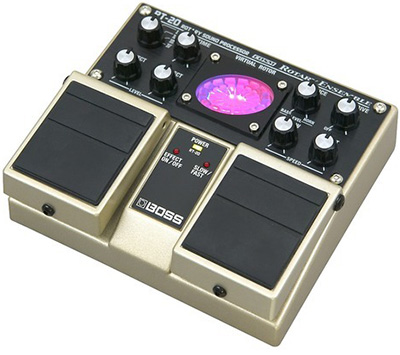 |
 |
 |
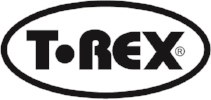 |
|
Because I did little with separate effects for years, the pedals that I currently have are for the most part of recent date, There is enough to find about such effects, I will therefore limit myself to a brief explanation or description.
What I sometimes get questions about is the order in which the pedals are connected one after the other and the function of the "send-return" connections found on many amplifiers. See also the page with my findings.
I have often noticed that some find it difficult to set a newly purchased pedal to your liking. The controls often influence each other, so you keep turning the knobs. Tip: First put all the controls in the "middle position" and then carefully experiment what each knob effects on the sound.
|
Colorsound Wah - Wah Wah-Wah which is stamped inside April 3, 1978. English made (Sola Sound, London). Just had some "maintenance" now. The potentiometer has been replaced. Unfortunately the battery door is still missing (example below, who else has one?). |
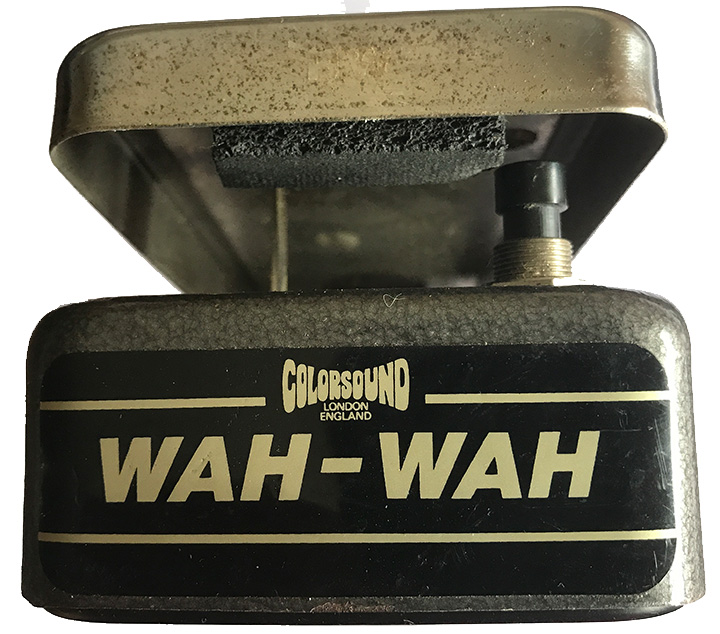 |
|
|
Korg GT-6 Guitar tuner My first tuner from about 40 years ago, the Korg GT-6. It has an analog meter that can be illuminated by a switch. It requires one 9-volt battery. You can plug in your guitar or tune an acoustic instrument with it via the built-in microphone. It is annoying that you always have to move the dial per string. |
 |
|
|
Boss GE-7 Equalizer 7-band guitar equalizer from the 1980s. Not only gives the possibility to boost or attenuate the frequency ranges (bands) of the signal, but mainly served me to boost the signal that is offered from the guitar to the amplifier. So very useful to give a "boost". Bought new on September 18, 1985. Meanwhile, the plug of the input has been replaced and an adjustment has been made (resistance and diode) to be able to use the external power supply (again). |
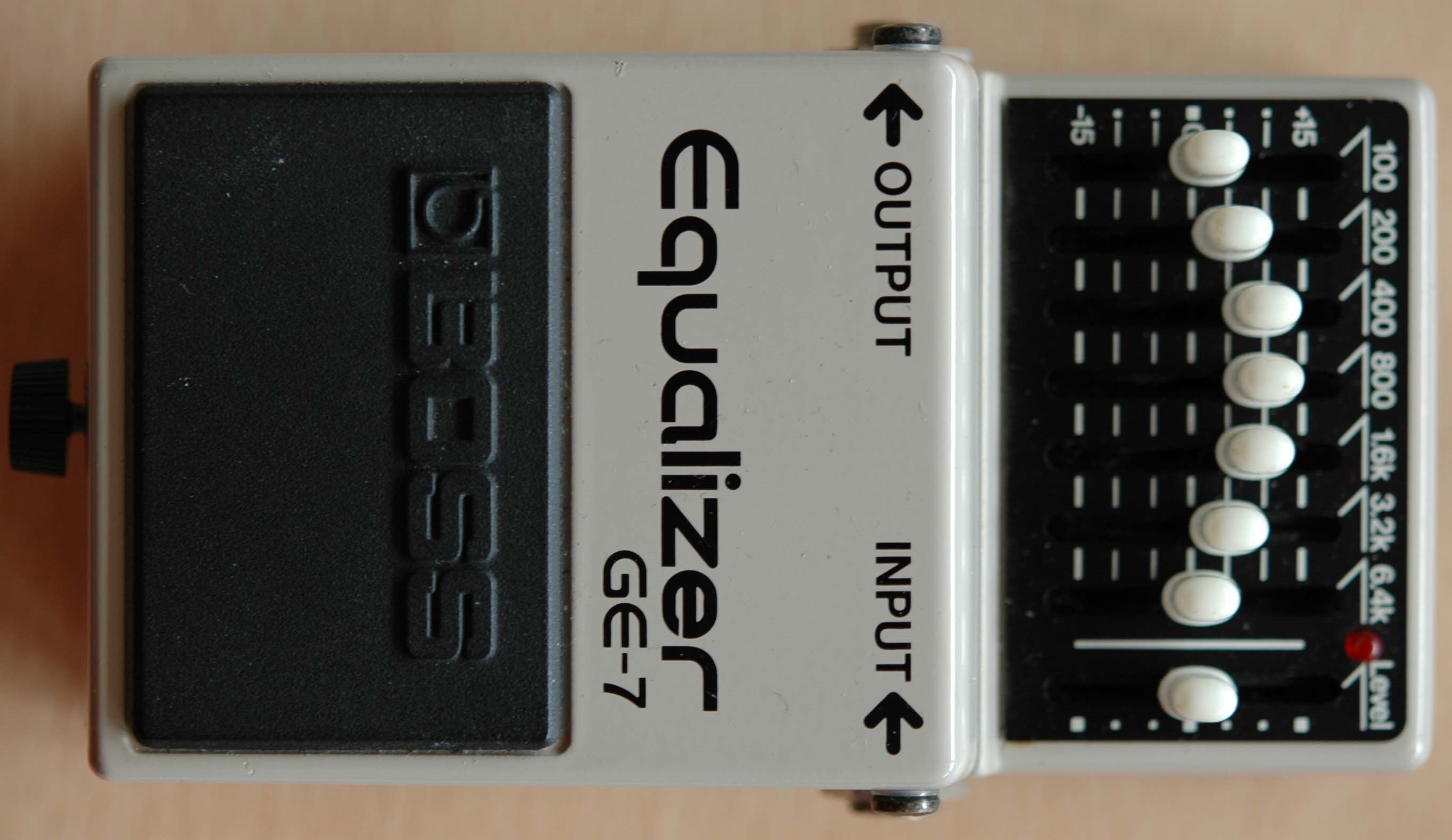 |
|
|
Ibanez FL9 Flanger This analog flanger is from 1982, the first generation. A travel suit is now available. Purchased at the time to give my 12-string Shergold extra "color". Still in original condition. Flanging is a time delay effect that uses very short time delays mixed with the real time signal. This creates a series of peaks and troughs. When the time delay is varied, the peaks and troughs move "through the sound", creating the flanger effect. The FL9 is still available as a reissue. |
 |
|
 |
G&L Buckshot Overdrive by G&L. |
|
|
|
Boss RT-20
This "rotary" pedal approximates the effect of a rotary speaker. Suitable for guitar but also for keyboard (choice can be determined via a switch on the back). Mono and stereo inputs. Has double output connections so that you can connect 2 amplifiers if desired to obtain a spacious stereo effect. Even a connection for headphones has been thought of. On the left a foot pedal pedal to turn the effect on and off. With the right pedal you can accelerate or slow down the "rotation". Pressing both pedals simultaneously is also possible so that the gear is immediately activated when you switch on. The RT-20 does take up a double position in your pedal box, compared to a "standard" pedal. The display the middle at the top shows the imaginary rotation speed of the tweeter (red light) and the woofer (blue) by showing annoyingly rotating lights. Do not forget to bring a spare set of "penlight" batteries, unlike most pedals, this time no 9V "block". However, who is not yet using AC power in such situations? I myself have experimented with the possibilities and I find it difficult to find a usable sound for me. After that, in my case, the pedal went back to the original box unused. |
|
|
Boss DD-7 Digital delay. The “Modulate” mode provides chorus-like effects, and “Analog” is a modeled version of the analog BOSS DM-2. In the "hold" mode you can record and play for up to 40 seconds, adding new sound, if you want to play along with yourself ;-). The inputs and outputs are doubled so that it is possible to obtain stereo effects. |
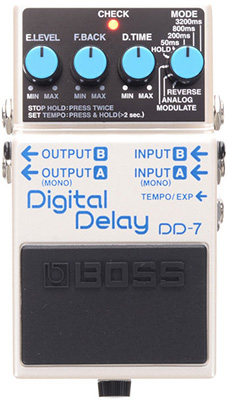 |
|
|
Boss OC-3 Octave effects. Also suitable for bass via a separate input. As you play, tones that are 1 and / or 2 octaves lower are automatically generated in addition to what you play. This pedal is "polyphonic", which means that it can handle not only single notes (1 string), but several simultaneously (as in the case of chords). Older octave effects were limited to "monophonic", so the effect is limited to 1 tone at a time.
|
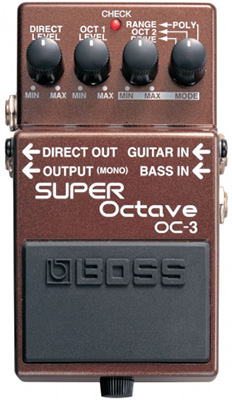 |
|
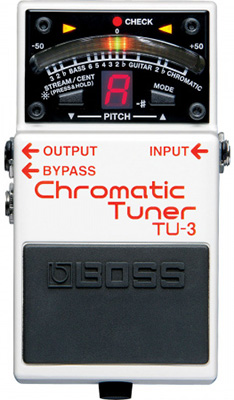 |
Boss TU-3 Chromatic tuner. What can still be said about the need for a tuner. As soon as you press this pedal, the sound no longer goes to the amplifier and you can tune your guitar or bass undisturbed. |
|
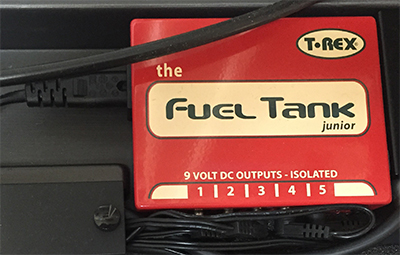 |
T-Rex The fuel tank This power supply is used to provide the various effects with the necessary power. As the inscription says "5 isolated 9 Volt direct current outputs" No more hassle with batteries. |
|
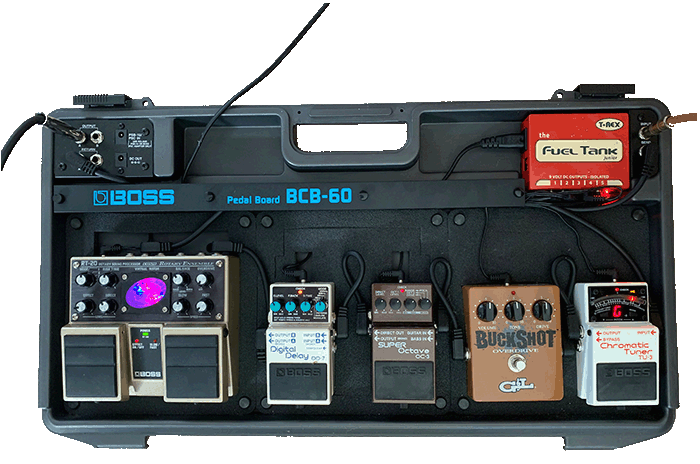 |
Pedal board Carry pedals easily and safely. Take off the cover, connect the cables and everything is ready within a minute. Punch the guitar on the right and the cord to the amplifier on the left. The cable at the top is the power cable so that no batteries are needed. This BCB-60 is actually suitable for 6 "standard" size pedals. My Boss RT-20 "rotary" on the left, however, takes up 2 places in the version as shown on the right. A separate 9 volt power adapter is supplied as standard with this pedal box, which can be connected with a plug at the top left. From there you can "loop through" the power supply to the separate pedals. Since I already had the "Full Tank" and could easily build it in, I opted for that. |
|
